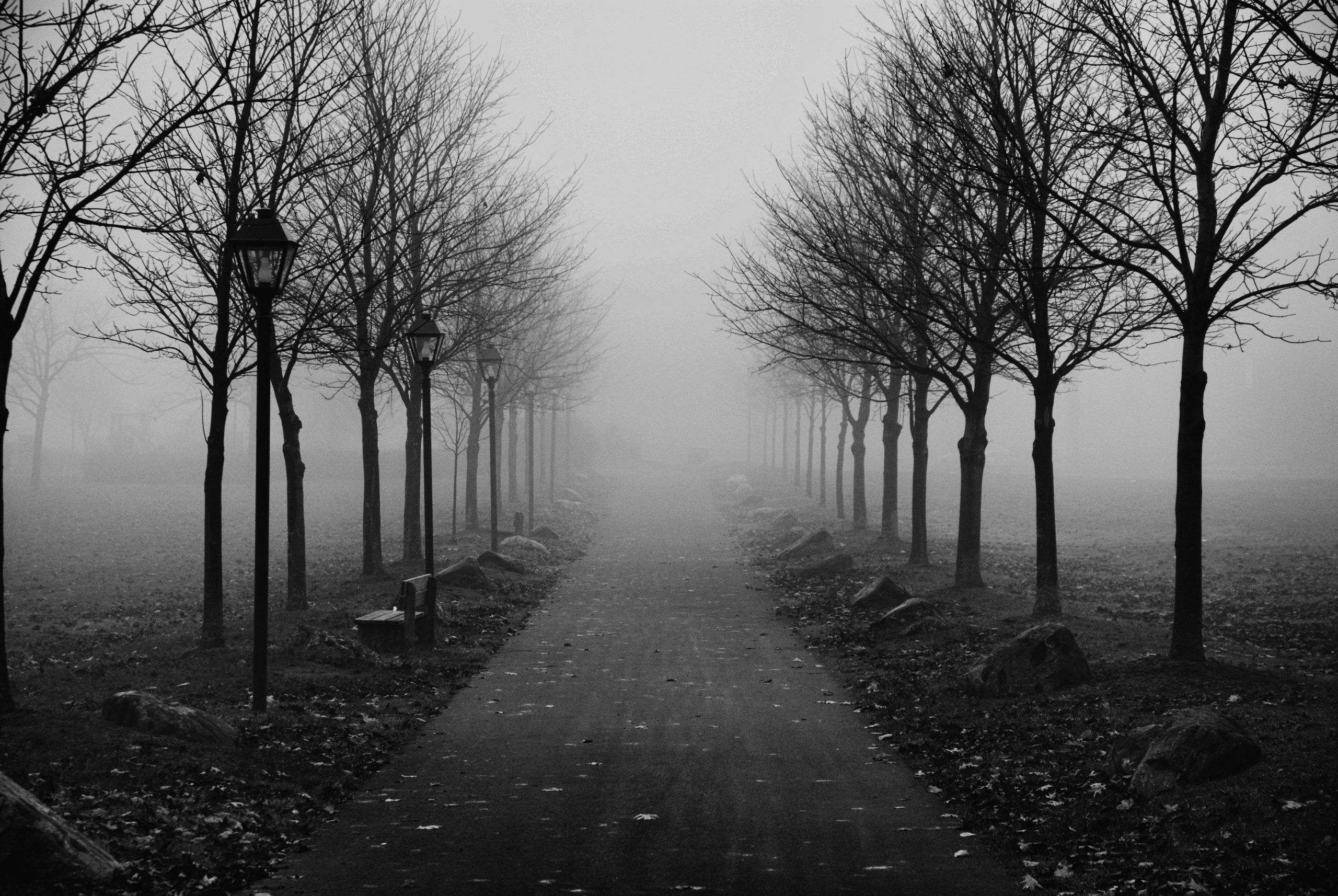 Premises liability is an active area of personal injury law, and accidents occurring on public property are no exception. The question often arises, who is liable for a slip and fall on a public sidewalk? In this case, the Louisiana Third Circuit Court of Appeal was asked to determine the premises liability of the town of Lake Arthur for a fall occurring on a public sidewalk built and maintained by this public entity.
Premises liability is an active area of personal injury law, and accidents occurring on public property are no exception. The question often arises, who is liable for a slip and fall on a public sidewalk? In this case, the Louisiana Third Circuit Court of Appeal was asked to determine the premises liability of the town of Lake Arthur for a fall occurring on a public sidewalk built and maintained by this public entity.
On July 11, 2014, Robin Rogers Richard fell while walking along a sidewalk in Lake Arthur. The portion of the sidewalk where her fall occurred was a driveway that allowed maintenance vehicles to access a public park, with a sloping transition on either side running perpendicular to the street. This portion of the sidewalk was completed in September 2013 by John Anderson Concrete Finishes, Inc. (Anderson), under the direction of Robert Bertrand, the major of Lake Arthur.
Ms. Richard filed a motion for summary judgment on the liability issue, arguing the slope of the transition area did not meet certain state and national requirements and was, therefore, defective per se. However, at her deposition, she indicated that her last step before her fall was on a flat portion of the new sidewalk, not the sloped portion. In response, Lake Arthur, Anderson, and its insurer, Seneca Specialty Insurance Co, filed motions for summary judgment alleging statutory immunity from liability and they were not liable because the condition of the sidewalk was open and obvious.
After a hearing, the trial court granted summary judgment in favor of the defendants, finding there was no evidence the sloped area caused Ms. Richard’s fall and the condition of the sidewalk was open and obvious.
On appeal, Richards asserts three assignments of error: the trial judge erred by not granting plaintiffs’ summary judgment, the trial judge erred by granting defendants’ summary judgments, and alternatively, the trial judge erred by not finding that genuine material issues of facts in dispute preclude summary judgments if the appellate court does not grant plaintiffs’ motion for summary judgment.
To prevail in a case against a public entity for a fall on a sidewalk, the plaintiff must prove the public entity’s custody or ownership of the defective thing, the defect of the thing created an unreasonable risk of harm, the public entity had actual of constructive notice of this defect, and the public entity failed to take corrective action within a reasonable time. Campbell v. Evangeline Parish Police Jury, 2014-1301, ppg. 7-8 (La. App. 3 Cir. 5/6/15), 164 So.3d 408, 415, writ denied, 15-1067 (La. 9/11/15), 176 So.3d 1043 (quoting Chamber v. Village of Moreauville, 11-898 (La. 1/24/12), 85 So.3d 593). See also La. R.S. 9:2800.
Regarding the first element, Lake Arthur had custody of the sidewalk at the time of Ms. Richard’s fall. The substantive issue, in this case, concerns the remaining elements, namely whether the sidewalk, as constructed, created an unreasonable risk of harm. The Louisiana Supreme Court has adopted a four-factor risk-utility balancing test for determining whether a condition is unreasonably dangerous, in which the court weighs the utility of the thing, the likelihood and magnitude of harm (including the obviousness and apparentness of the condition), the cost of preventing the harm, and the nature of the plaintiffs’ activities in terms of its social activity of whether it is dangerous by nature. Pryor v. Iberia Parish Sch. Bd, 10-1683, p. 4 (La. 3/15/11), 60 So.3d 594, 597
The court held that evidence, in this case, established the utility of the sidewalk and driveway since it allowed vehicles to enter the park without damaging their undersides and without a ramp protruding into the road. Further, the court found the likelihood and magnitude of harm were low since no person had reported an injury because of the sidewalk condition before Ms. Richard, and the state of the sidewalk was obvious and apparent. For example, Ms. Richard’s testimony revealed that she knew there was a driveway at this point in the sidewalk before her fall. In addition, photographs of this area show the area was lighter in color than the older portions of the sidewalk, with signs indicating where the driveway was located. Crucially, the court held the condition of the sidewalk as Ms. Richard saw it, not as measured by a survey from an engineer pursuant to this litigation.
The appeals court also held there was no evidence of steps the town could have taken to make the area more noticeable. The sidewalk was being used for its intended purpose and this social utility was not dangerous by nature.
Taken together, the court found the obvious and apparent condition of the sidewalk was sufficient to show it was not unreasonably dangerous, and the Richards were thus unable to prove an essential element of their claim against the defendants. The court, therefore, affirmed that judgment of the trial court dismissing the Richards’ claims against the Town of Lake Arthur, Anderson, and Seneca Insurance, in addition to assessing costs to the Richards.
This case demonstrates that premises liability of public entities often hinges on what efforts the public entity has made to ensure public safety, in addition to providing an example where such actions successfully avoided liability after an accident.
Additional Sources: Richard v. Town of Lake Arthur, 16-113 (La. 3rd Cir. 06/01/16).
Written by: Hannah Keller
Additional Berniard Law Firm Article on Premises Liability: When a Building’s Ledge is Open and Obvious, Building Owner Not Held Liable for Fall
 Insurance Dispute Lawyer Blog
Insurance Dispute Lawyer Blog

